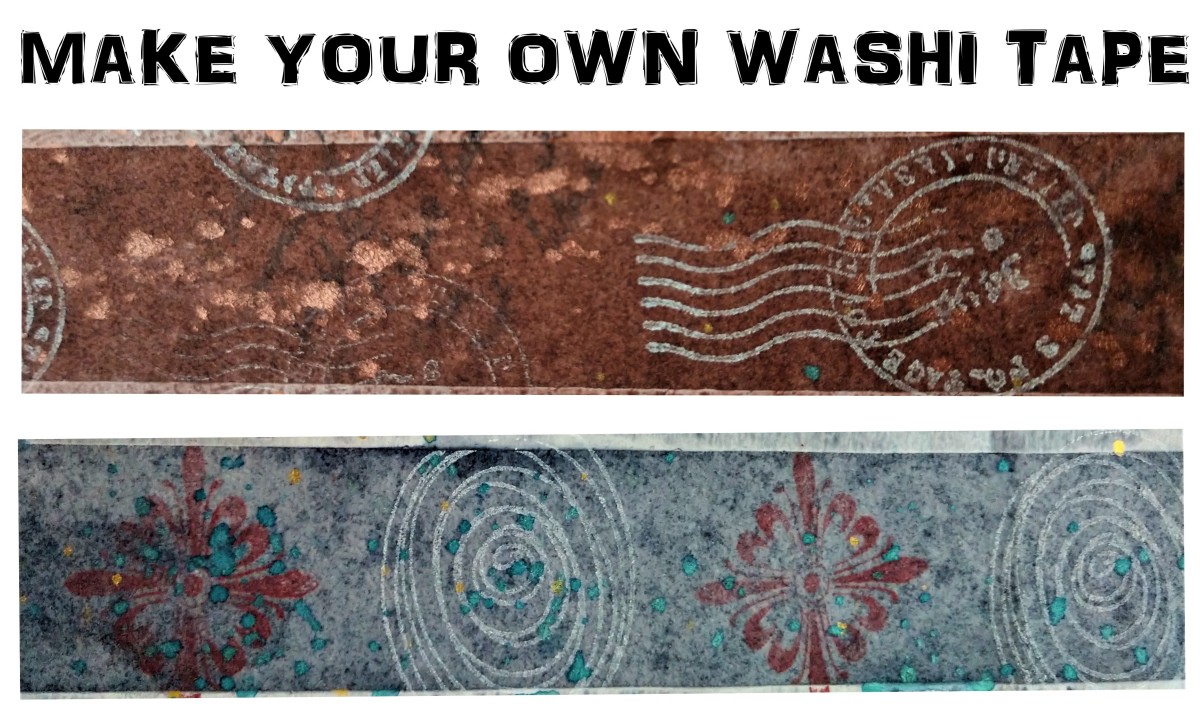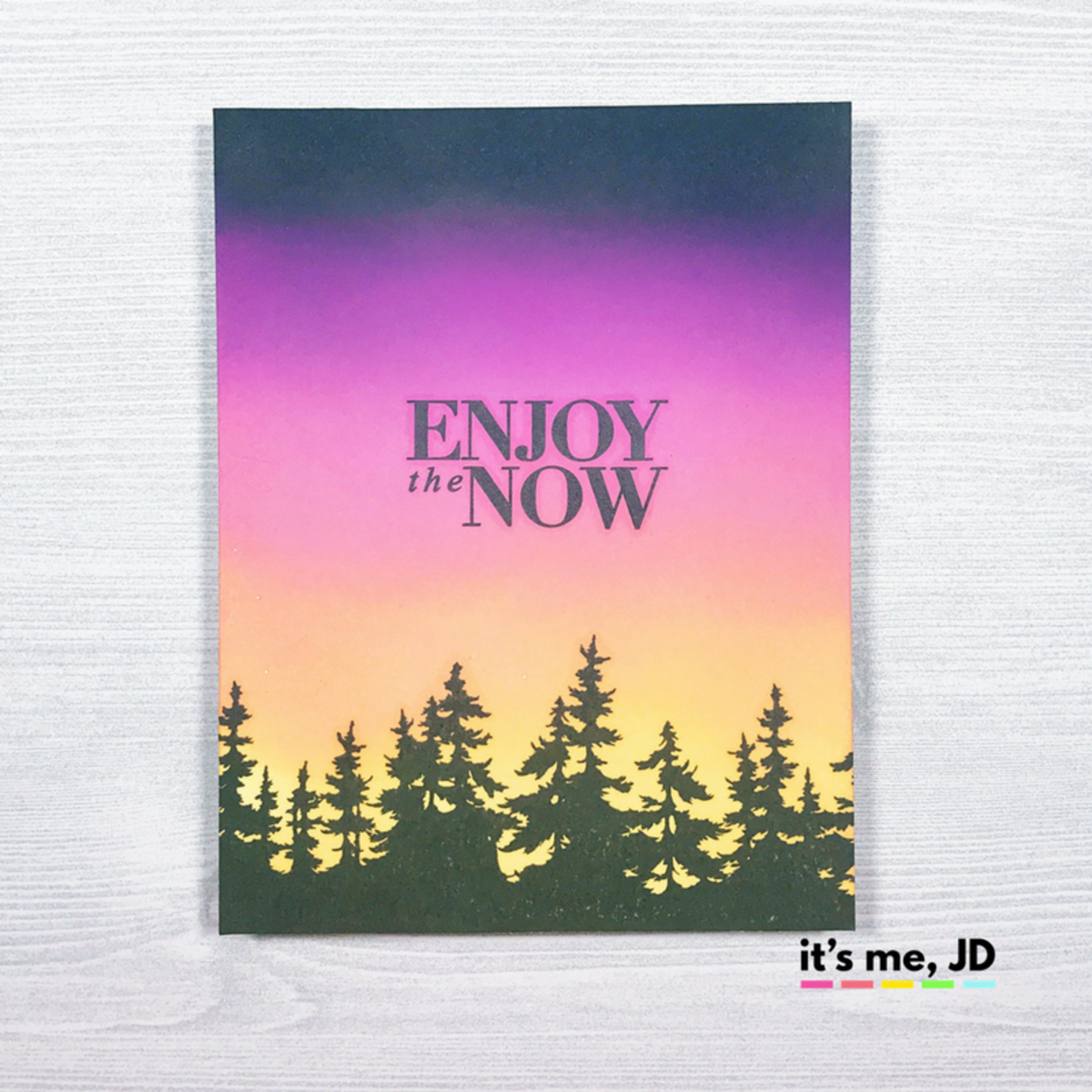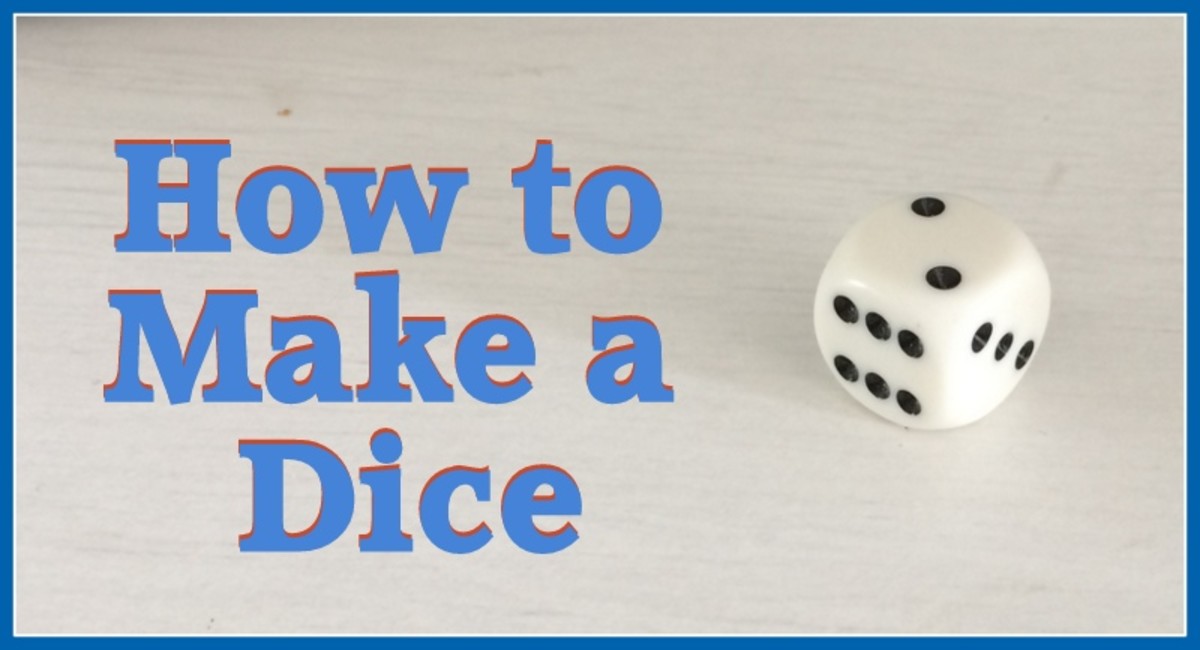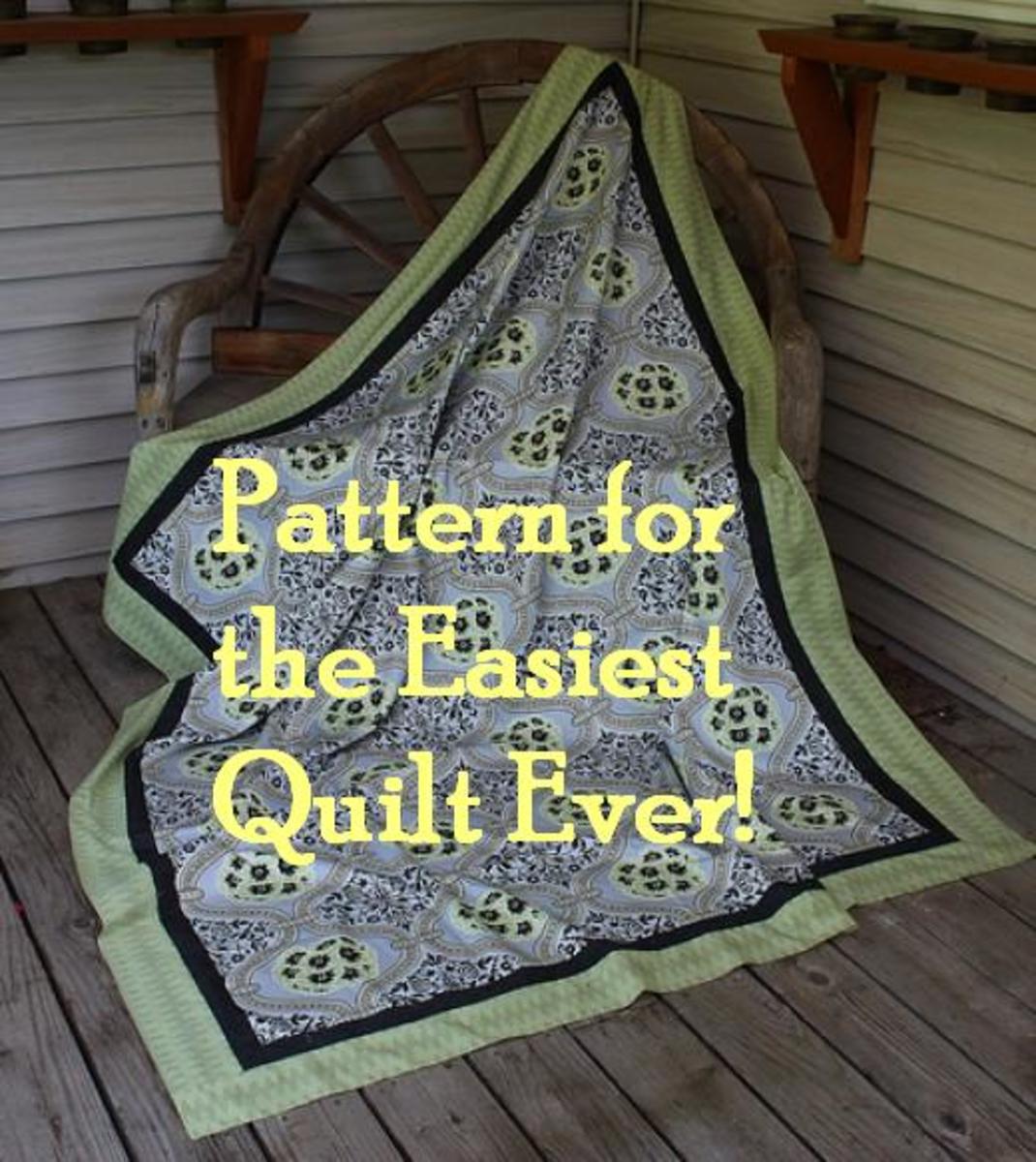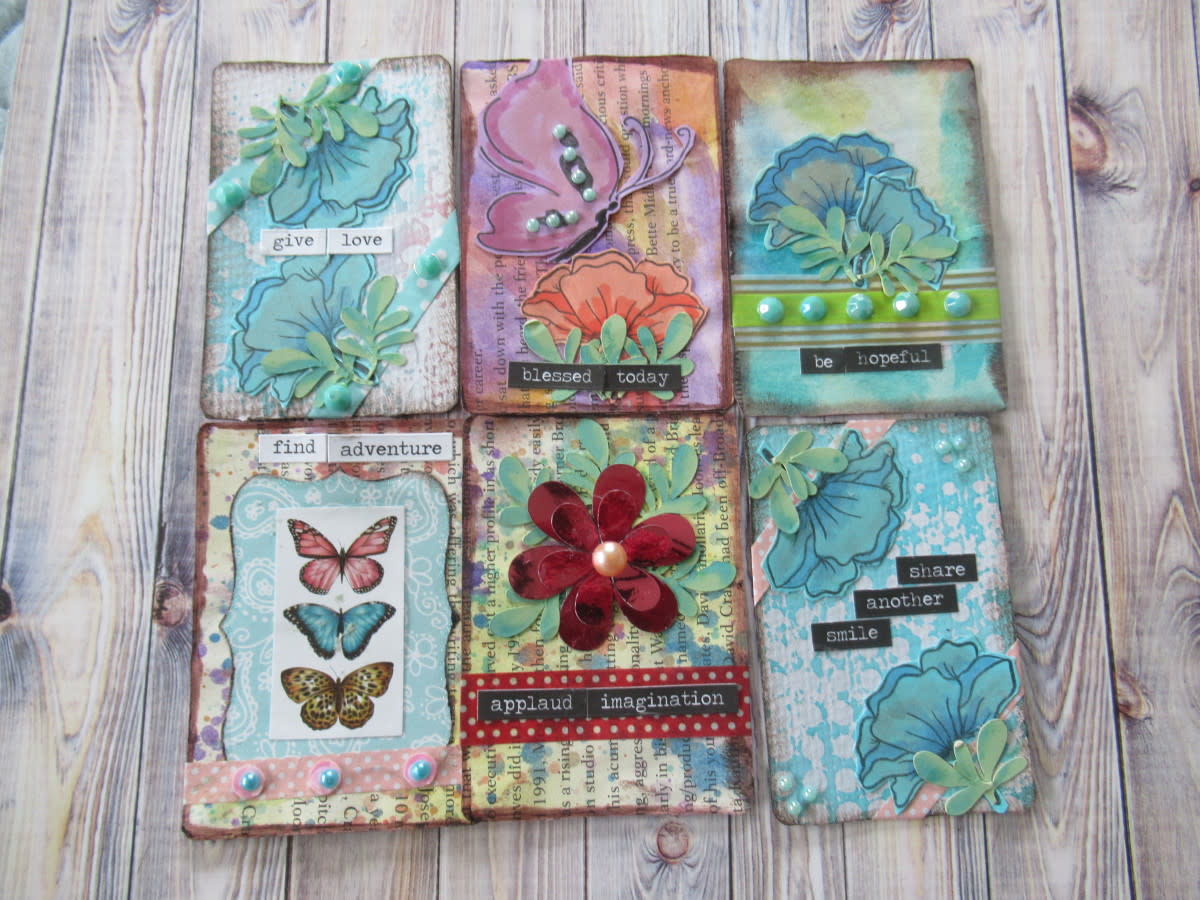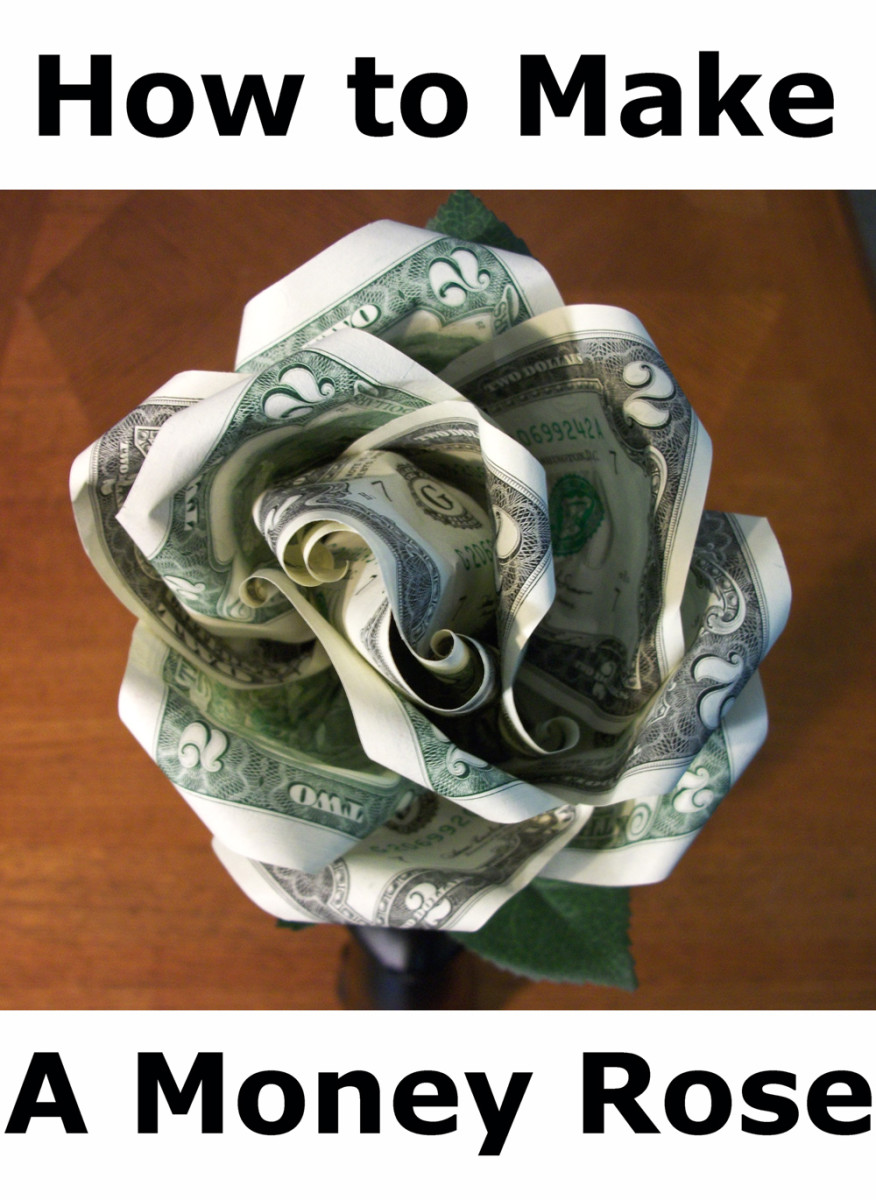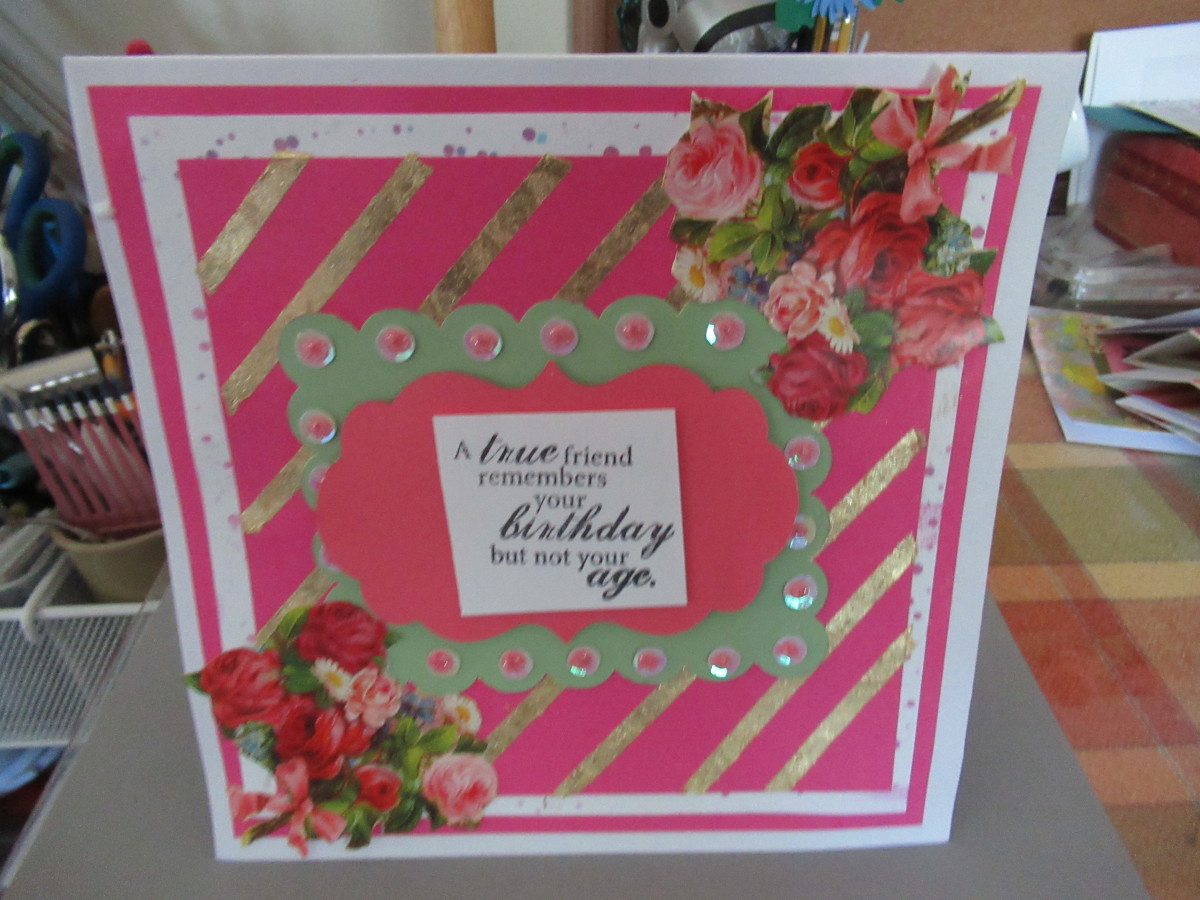How to do Washi Paper Quilting
Quilted Heart Card Made with Washi Paper Quilting
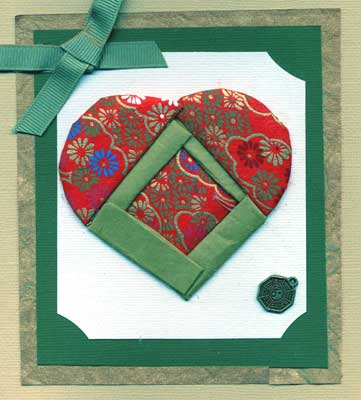
Washi Paper Quilting - an Elegant, Asian Technique
Washi Paper Quilting is an easy to learn, elegant paper craft technique based on traditional Japanese doll making techniques. Instead of using fabric, as is done with the dolls, this technique uses beautiful, silk screened, hand-made Washi paper.
Washi Paper Quilting involves wrapping Washi paper around shaped pieces of chipboard that are covered with foam quilting material. The pieces are then assembled together to form a shape such as a heart, fan, pear or other.
This technique can be used in card making, scrapbooking, for wall hangings for any other purpose that lends itself to paper crafting.
Cards Made with Washi Paper Quilting
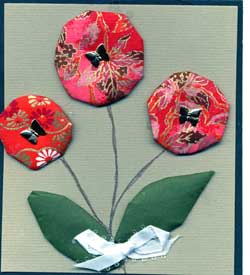
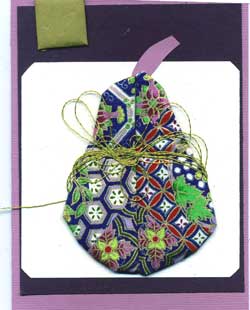
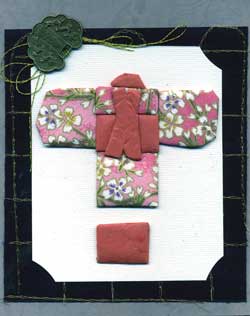
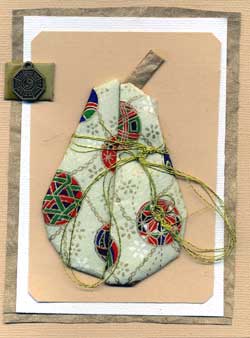
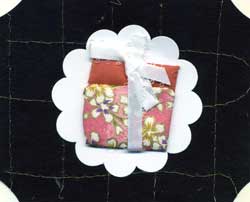
About Washi
Traditionally, the art of creating designs with washi originated in Japan. The word washi is derived from wa, which means Japanese, and shi, which means paper.It is used in many forms of paper art, other than in washi paper quilting. You also see this lovely paper used in origami, shodo and Ukiyo-e.
Of the three, origami is perhaps the best known in Western cultures. It is the art of folding paper to make intricate shapes – often of animals, birds, flowers and other forms occurring in nature. Origami dates back to the 17th century.
Shodo refers to Japanese calligraphy. Shodo is rooted in Chinese calligraphy, but is unique to Japan. It is often performed with ink on mulberry paper. Mulberry paper is a name for washi paper that is made from mulberry.
Ukiyo-e is an artform produced in the 17th, 18th, 19th and 20th centuries. It is one form of Japanese woodblock prints and paintings and most commonly depicts images of landscapes, historical scenes or the theatre.
Washi differs from regular paper in that it is stronger. It is made from various fibers, including mulberry, the gampi tree, and the misumata shrub. From time to time, you find washi that has been made from wheat, help, bamboo or rice. The traditional washi is made by hand using time-honored methods that were derived from the Chinese paper making practices.
In contemporary times, machines are taking over and most washi paper sold today is machine made. In appearance, the machine made washi resembles the traditional hand made variety, but its properties are much different. Sources estimate that as of 2008, fewer than 350 Japanese families are active in making washi by hand.
In addition to its use in the paper arts, washi also had more practical uses. It showed up in clothing, toys, household items and items used for religious practices.
According to Hanko Designs, the company that developed washi paper quilting and that produces the washi paper quilting kits that I used, this paper quilting technique has its roots in kime-komi, a traditional technique for making dolls. In kime-komi, the artist uses kimono fabric and cotton batting to create the individual shapes of the doll. They then assemble these shapes (something like a jigsaw puzzle) to create the final picture of the doll.
In the Hanko method of paper quiling, the washi paper replaces the kimono fabric and thin foam is used instead of the cotton batting. Hanko Designs sells several kits as well as individual supplies. Their web site contains many beautiful samples of cards made using this lovely art form.
Washi Paper Quilting Links
- Washi - Wikipedia, the free encyclopedia
Wikipedia covers the background and history of Washi paper. - Hanko Designs - Japanese Paper Art Supplies, Origami Mizuhiki, Washi, Yuzen, Stamps, Books and Tsumu
Washi Paper Quilting kits and supplies sold here. - Video Demo and Discussion of Washi Paper Quilting
Discussion, pictures and suggestions for using alternate supplies if traditional Washi Paper Quilting supplies are not available.
Washi Paper Quilting Pool
Have you Heard of Washi Paper Quilting?
Making Hand Made Washi
There are two traditional methods for making hand made washi – nagashi-zuki and tame-zuki.
Both methods involve mixing water with balls of pulp. The paper maker then ladles the wet pulp onto a bamboo mesh screen (called a su) and shakes the su well so as to distribute the fibers evenly.
In the nagashi-zuki method, the paper maker incorporates a substance called neri in the pulp prior to placing the pulp on the screen. Neri is derived from the root of the tororo plant and it produces a thinner paper than the washi that does not contain it.
The tame-zuki method does not incorporate neri. Washi made from the tame-zuki method is thicker.
In both methods, the gooey, wet pulp that is spread on the su forms each sheet of paper. The paper maker allows the wet pulp to dry in the sun. Alternatively, he or she might bring the pulp covered screens inside to dry with a heated dryer.
You can see what a time-consuming and highly skilled process it is to make washi by hand.

